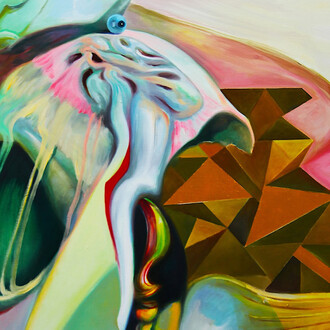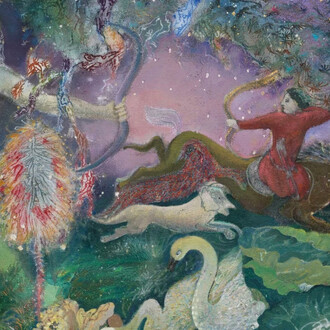Ronin Gallery invites you to experience Kuniyoshi’s iconic series Biographies of the Loyal Retainers (1847-1848) in its entirety. Based on true events from the turn of the 18th century, this series captures the legend of the 47 loyal samurai who avenged their master’s unjust death. In one of its most famous visual tellings, this tale of vengeance and loyalty comes to life through Kuniyoshi’s fierce portraits.
The celebrated legend of the 47 loyal retainers stems from the historical event known as the Ako incident (1701-1704). Continuously illustrated, adapted, parodied, and performed since the 18th century, the Ako incident entered Edo’s popular culture through the literary rendition Kanadehon Chushingura (1748). The story goes as follows: The shogun appointed Asano, a young lord from the country, to receive the emperor’s ambassadors. The unscrupulous Kira was assigned to teach Asano the ways of court etiquette, but insulted Asano so deeply that the country lord drew his sword in the shogun’s palace. When this offense mandated ritual suicide, Asano’s 47 samurai became ronin, or samurai without a master. Devastated by the loss and outraged by Kira’s trickery, the retainers swore to avenge their master’s death. After much planning, they staged a night attack, killing Kira before turning themselves in and meeting their own death. To this day, the 47 ronin remain enshrined at Sengaku Temple beside their beloved master.
During the 19th century, the tale of the 47 loyal retainers provided irresistible inspiration for artists. The retainers' revenge marked an exemplary stand for the samurai code of bushido - a code of loyalty and honor. In the midst of a weakening government, the triumph of samurai values against a corrupt government official resonated with Edo’s audiences. Kuniyoshi, master of the legendary and historical, seized this theme in his dramatic and dynamic series Biographies of the Faithful Retainers (1847-1848).
















